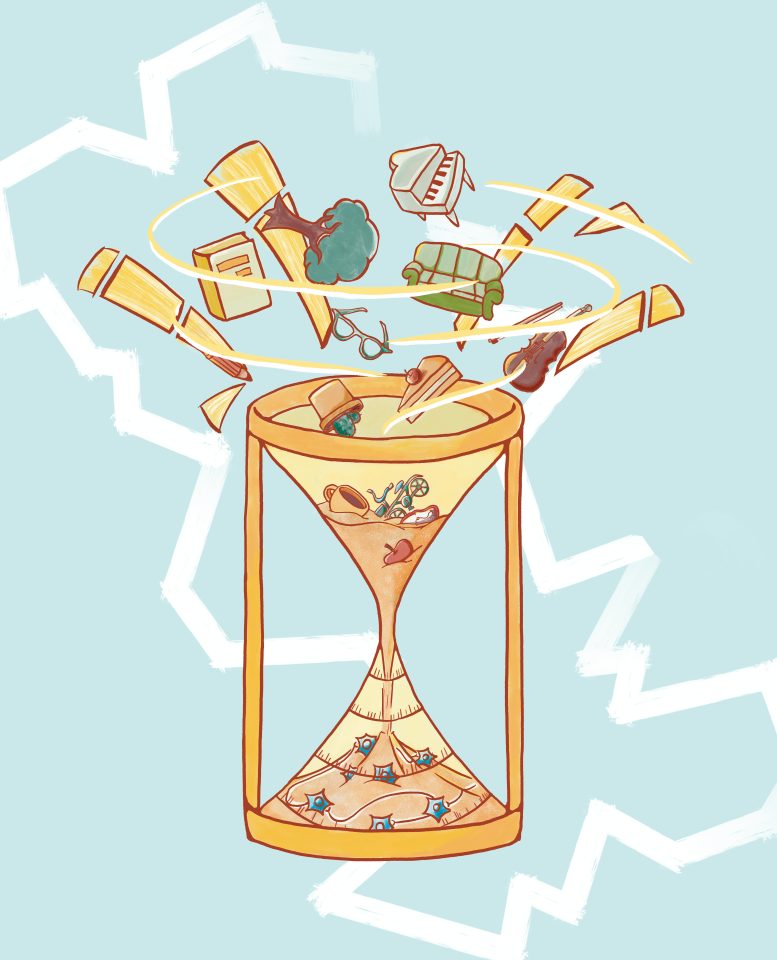
New experiences are absorbed into neural representations over time, symbolized here by a hyperboloid hourglass. Credit: Salk Institute
Researchers at Salk Institute discovered that the neural networks responsible for spatial perception change in a non-linear fashion and could have implications for neurodegenerative conditions such as Alzheimer’s disease.
Young kids often harbor the misconception that the moon is chasing them or that they can touch it with their hands, as it seems much closer than its actual distance. During our daily movements, we tend to think that we navigate space in a linear way. However, scientists at Salk Institute have found that spending time exploring an environment can cause neural connections to develop in unexpected ways.
According to a study recently published in Nature Neuroscience, neurons in the hippocampus, which play a crucial role in spatial navigation, memory, and planning, represent space in a way that aligns with nonlinear hyperbolic geometry. This type of geometry is characterized by a three-dimensional expanse that expands exponentially (In other words, it’s shaped like the interior of an expanding hourglass).
The scientists also found that the size of that space grows with time spent in a place. And the size is increasing in a logarithmic fashion that matches the maximal possible increase in information being processed by the brain.
This discovery provides valuable methods for analyzing data on neurocognitive disorders involving learning and memory, such as Alzheimer’s disease.
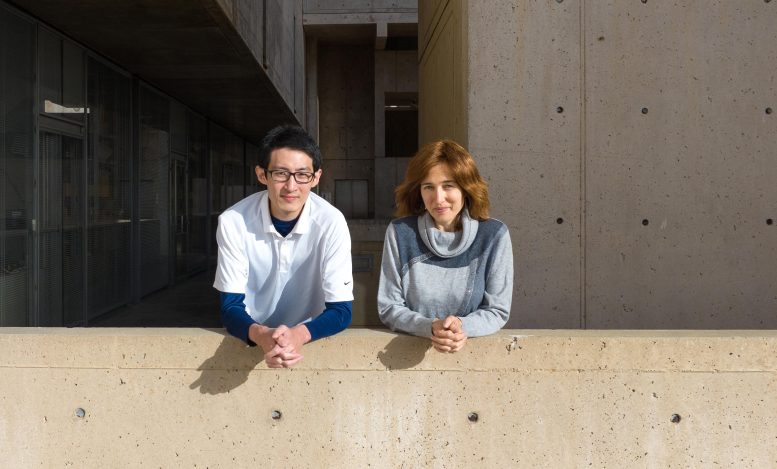
From left: Huanqiu Zhang and Tatyana Sharpee. Credit: Salk Institute
“Our study demonstrates that the brain does not always act in a linear manner. Instead, neural networks function along an expanding curve, which can be analyzed and understood using hyperbolic geometry and information theory,” says Salk Professor Tatyana Sharpee, holder of the Edwin K. Hunter Chair, who led the study. “It is exciting to see that neural responses in this area of the brain formed a map that expanded with experience based on the amount of time devoted in a given place. The effect even held for minuscule deviations in time when animal ran more slowly or faster through the environment.”
Sharpee’s lab uses advanced computational approaches to better understand how the brain works. They recently pioneered the use of hyperbolic geometry to better understand biological signals like smell molecules, as well as the perception of smell.
In the current study, the researchers found that hyperbolic geometry guides neural responses as well. Hyperbolic maps of sensory molecules and events are perceived with hyperbolic neural maps. The space representations dynamically expanded in correlation with the amount of time the rat spent exploring each environment. And, when a rat moved more slowly through an environment, it gained more information about the space, which caused the neural representations to grow even more.
“The findings provide a novel perspective on how neural representations can be altered with experience,” says Huanqiu Zhang, a graduate student in Sharpee’s lab. “The geometric principles identified in our study can also guide future endeavors in understanding neural activity in various brain systems.”
“You would think that hyperbolic geometry only applies on a cosmic scale, but that is not true,” says Sharpee. “Our brains work much slower than the speed of light, which could be a reason that hyperbolic effects are observed on graspable spaces instead of astronomical ones. Next, we would like to learn more about how these dynamic hyperbolic representations in the brain grow, interact, and communicate with one another.”
Reference: “Hippocampal spatial representations exhibit a hyperbolic geometry that expands with experience” by Huanqiu Zhang, P. Dylan Rich, Albert K. Lee and Tatyana O. Sharpee, 29 December 2022, Nature Neuroscience.
DOI: 10.1038/s41593-022-01212-4
The research was supported by an AHA-Allen Initiative in Brain Health and Cognitive Impairment award made jointly through the American Heart Association and the Paul G. Allen Frontiers Group, the Dorsett Brown Foundation, the Mary K. Chapman Foundation, an Aginsky Fellowship, the National Science Foundation, the National Science Foundation Next Generation Networks for Neuroscience Program, the National Institutes of Health, and the Howard Hughes Medical Institute.

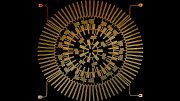

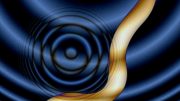
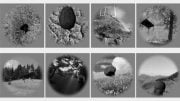
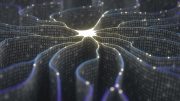
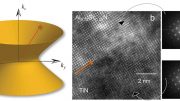
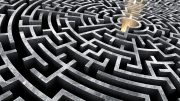
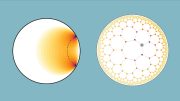
I’m trying to visualize this hyperboloidal geometry doing something useful in terms of information flow without getting dragged into the paper itself, and unfortunately the best thing I have here for that is the goofy illustration that may have been made by an AI program.
This reminds me of when I recently applied the word “tensile” instead of “malleable” to a phase of ice and decided it was close enough and not important enough to correct it.